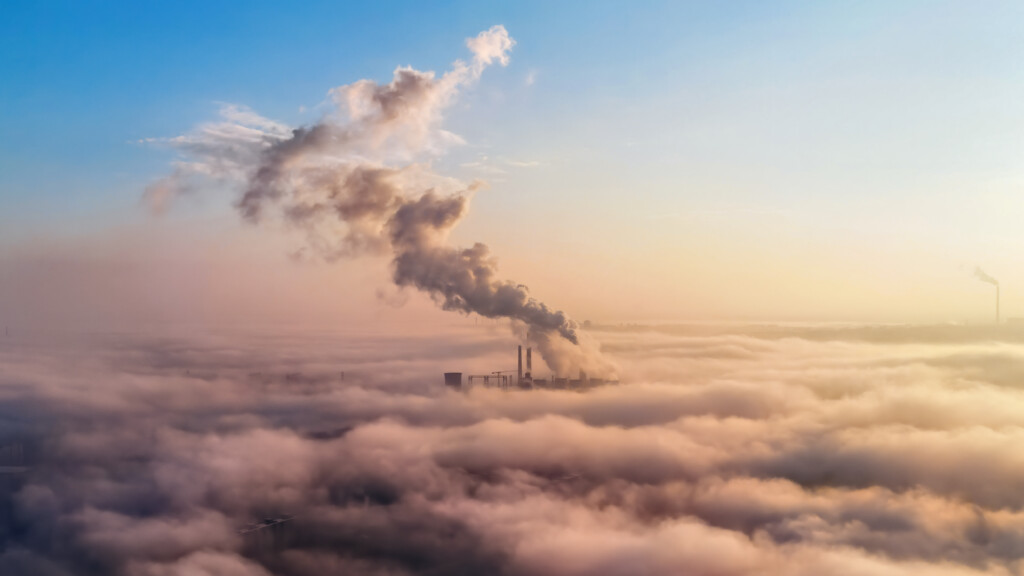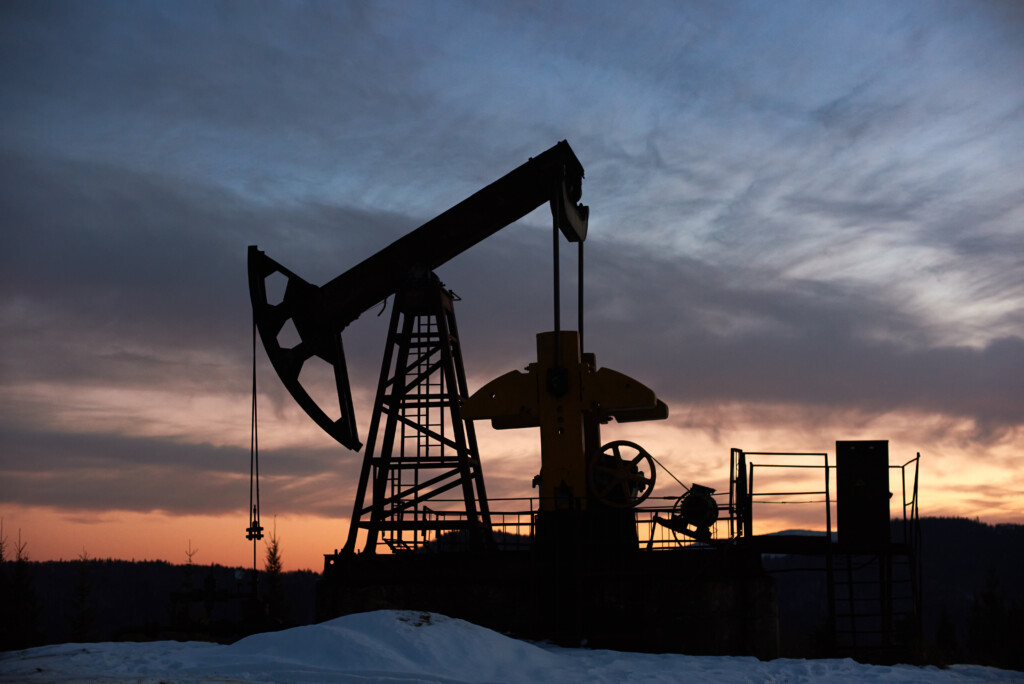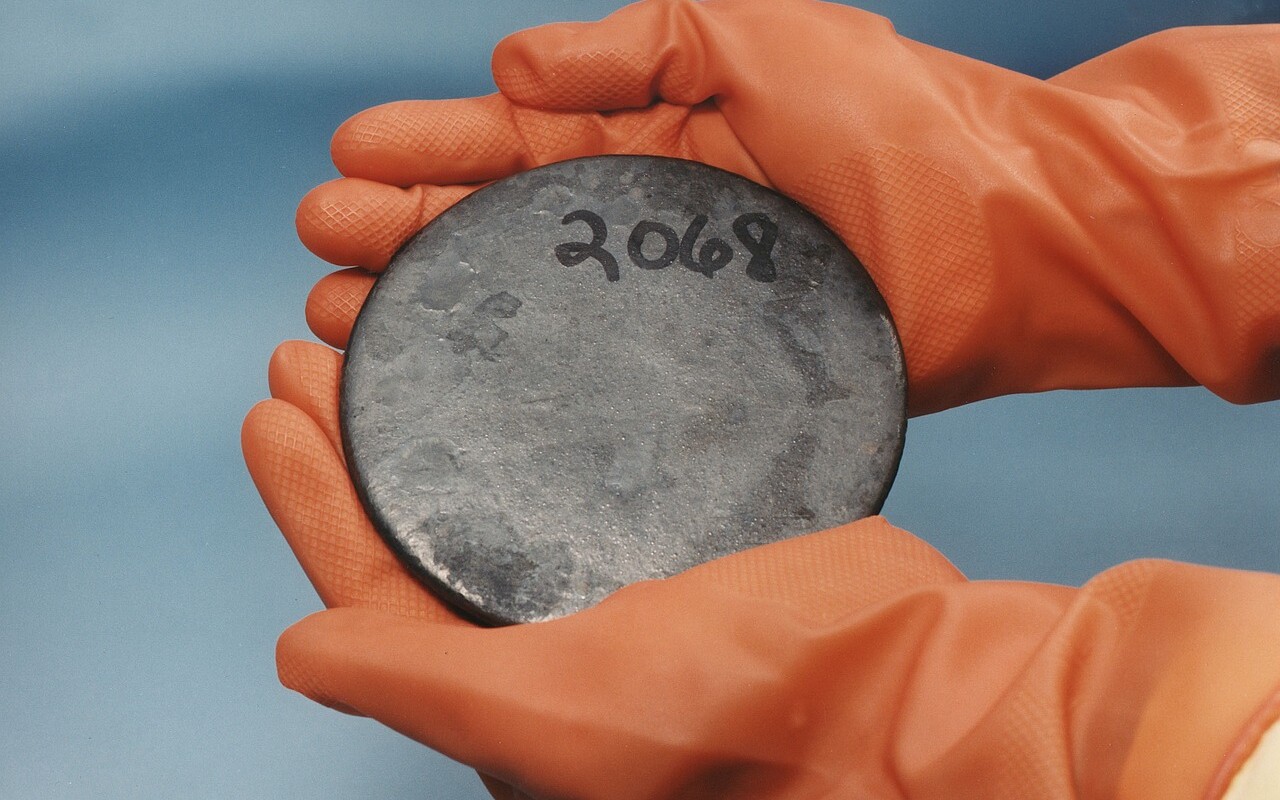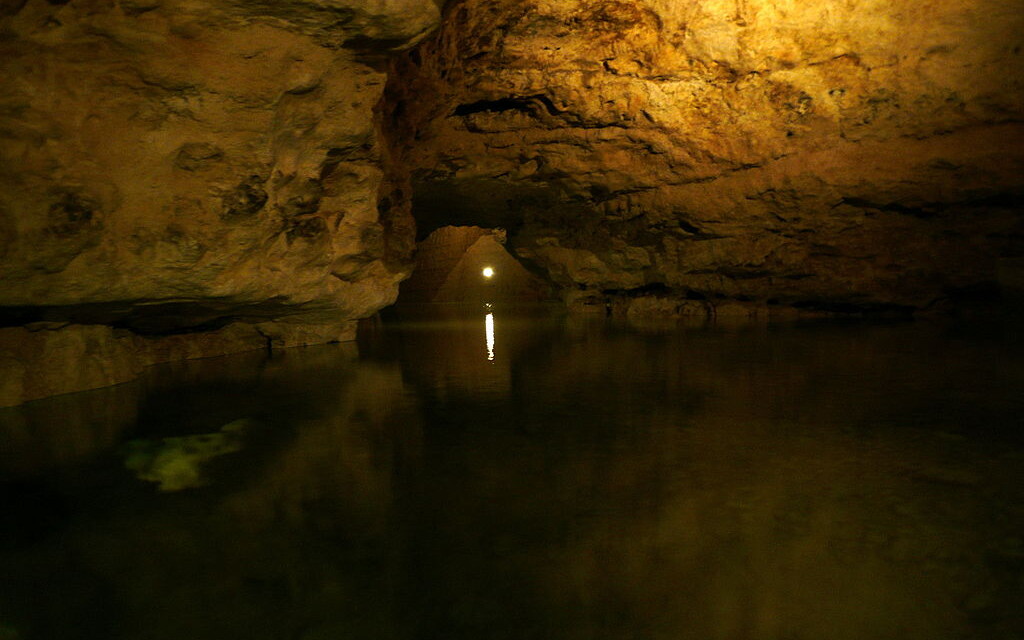Imagine a world powered almost entirely by resources that are slowly disappearing – this is the current reality with non-renewable resources. These are the hidden titans of our energy landscape, ranging from the coal and oil that have fueled our industries to the minerals and metals that are the unsung heroes of our tech gadgets. Yet, there’s a twist in this tale: these resources won’t be around forever.
Fossil fuels have been the lifeblood of our modern society, silently powering everything from the cars we drive to the electricity that lights up our cities at night. They have been the invisible engines of progress, pushing humanity into an era of unprecedented growth and technological advancement. But, like a candle burning at both ends, this rapid consumption comes with a price – a toll on our planet’s health and a countdown timer on resource availability.
This is where the intrigue deepens. The story of non-renewable resources is not just a tale of energy and industry; it’s a saga that intertwines with environmental challenges, economic dilemmas, and geopolitical chess games. As these resources dwindle, the plot thickens – how do we keep the wheels of civilization turning while safeguarding our planet?
Understanding non-renewable resources is like unlocking a mystery novel that holds the key to our future. It’s about exploring the delicate balance between harnessing energy for today and preserving the planet for tomorrow. This journey of discovery is not only fascinating but essential, as it paves the way for a transition to a more sustainable, renewable, and equitable world.

Non-renewable resources, a term synonymous with finite energy sources, are limited in their availability on Earth and cannot be quickly replenished. This category encompasses well-known fuels such as oil, coal, and natural gas, along with elements like uranium used in nuclear energy. These resources are a one-time gift from nature, and once exhausted, they are lost forever.
These fuels have been the cornerstone of modern civilization. They light up our cities, power our cars, and are integral to various industrial activities. From the warmth of our homes to the functioning of factories, non-renewable resources have been pivotal in driving technological progress and economic growth. Their contribution to our daily lives and global development is undeniable, yet it comes with an expiration date.
The crux of relying on non-renewable resources lies in their finite nature. As we continue to consume these energy sources at a rapid pace, the shadow of depletion looms over us. This reality brings to the forefront the challenge of finding sustainable energy solutions. Additionally, the process of extracting and using these resources has a significant environmental cost. The emissions from burning fossil fuels are major contributors to air pollution and climate change, posing a threat to environmental health and the global ecosystem.
The over-reliance on non-renewable resources poses a dual threat: the risk of running out of these essential fuels and the environmental damage associated with their use. This situation calls for an urgent shift towards more sustainable energy practices. So, as we turn the page to a more sustainable future, let’s delve into the specifics – up next, here are the 5 examples of non-renewable resources that have been pivotal in shaping our world.
Fossil fuels, often hailed as the dynamos of modern civilization, are the silent giants upon which our contemporary world rests. This trio of coal, oil, and natural gas has not only written chapters in human history but continues to script our daily lives in profound ways. Coal, the black gold, was the protagonist in the industrial revolution, while oil and natural gas have taken center stage in powering everything from automobiles to cities, manifesting as the lifeblood of modern economies.
The story of fossil fuels is one of a paradoxical nature. On one hand, they’ve been the cornerstone of global development, fueling industries, and providing affordable and reliable energy across continents. Their omnipresence is undeniable, from the gasoline in our cars to the natural gas that cooks our meals and heats our homes. This ubiquity has led to a skyrocketing global demand, a demand that grows as emerging economies aspire for the same energy-driven prosperity.
Yet, this narrative is not without its dark twists. The environmental impact of fossil fuels is a tale of caution, casting a long shadow over their benefits. The burning of these resources releases a cocktail of greenhouse gases, chiefly carbon dioxide, contributing significantly to global warming and climate change. The air and water pollution resulting from their extraction and usage have become critical environmental and health issues.
Moreover, the plot thickens with the looming question of depletion. Fossil fuels are not a renewable chapter in Earth’s story; they are finite. Estimates vary, but the consensus is clear – we are racing against time. Coal reserves might last a century or two, oil and natural gas somewhat less, depending on consumption patterns and technological advancements. This ticking clock adds urgency to the narrative, compelling us to look towards a future where renewable energy sources must take the lead role.
In essence, the saga of fossil fuels is an enthralling mix of progress, dilemma, and urgency. It’s a story that demands our attention, inviting us to be both spectators and participants in shaping a sustainable energy future.

Nuclear energy stands as a testament to human ingenuity, a powerful yet polarizing force in our quest for sustainable energy. At its core, this form of energy harnesses the colossal power hidden within the atomic nucleus, a process far removed from the traditional burning of fossil fuels. Nuclear power plants operate on the principle of nuclear fission, where the nucleus of an atom, typically uranium, is split into smaller parts, releasing a tremendous amount of energy in the form of heat. This heat is then used to generate steam, which drives turbines to produce electricity.
Uranium, the star of this atomic show, plays a pivotal role. It’s unique in its ability to sustain a fission reaction, a feature that makes it the lifeblood of nuclear power. The allure of uranium lies in its dense energy content; a single uranium fuel pellet, no larger than a fingertip, can produce as much energy as 17,000 cubic feet of natural gas, 1,780 pounds of coal, or 149 gallons of oil.
However, like any great power, nuclear energy comes with its perils and controversies. The production of nuclear waste is perhaps the most daunting challenge. This waste, highly radioactive and potentially lethal, poses significant disposal and storage problems. The long-term management of nuclear waste, requiring isolation from the environment for thousands of years, remains an unsolved puzzle.
The specter of nuclear accidents looms large in public consciousness. Incidents like Chernobyl and Fukushima have cast long shadows, raising questions about safety measures, human error, and the consequences of unforeseen disasters. These events have fueled ongoing debates and political hesitancy around nuclear energy, making it a topic of contention in policy and environmental circles.
Looking towards the future, nuclear energy finds itself at a crossroads. On one hand, it offers a low-carbon alternative to fossil fuels, a beacon of hope for reducing greenhouse gas emissions. On the other, the risks and challenges it presents are non-trivial. The ongoing debates encapsulate this duality, balancing the promise of a carbon-neutral future against the sobering responsibilities of safety and waste management. As we step further into the 21st century, the story of nuclear energy continues to evolve, shaping and being shaped by our collective environmental, technological, and ethical considerations.

Minerals and metals like copper, gold, and aluminum are more than just commodities; they are the unsung heroes of our technological era. Copper, the conductor king, plays a crucial role in electrical wiring and electronics due to its superior conductivity. Gold, beyond its glittering allure, is indispensable in high-tech equipment because of its resistance to corrosion and excellent electrical conductivity. Aluminum, prized for its light weight and strength, is a staple in the transportation and construction industries, as well as in everyday items like cans and foil.
Their significance stretches across various sectors, underlining their critical role in modern technology and industry. These metals are integral to the functioning of our gadgets, vehicles, and infrastructures, and even play a part in renewable energy solutions like solar panels and wind turbines.
However, the extraction and usage of these resources are not without environmental costs. Mining, necessary for their procurement, often leads to land degradation and deforestation, significantly impacting landscapes and ecosystems. Water pollution is another major concern, with mining processes releasing harmful substances into rivers and groundwater, affecting both wildlife and human health.
The sustainability of these minerals and metals is a pressing issue. They are finite resources, and their continued extraction raises questions about long-term availability. This concern has led to a growing focus on recycling and better resource management. Recycling offers a way to reuse these materials, reducing the need for new mining and lessening environmental impacts. Despite its benefits, the development of efficient recycling systems is still evolving, and there are challenges in ensuring a sustainable supply chain for these critical resources.
In essence, minerals and metals are indispensable to our modern life, yet their procurement and use come with significant environmental challenges. Addressing these challenges through improved recycling and resource management is crucial for ensuring their sustainable use in the future.

Groundwater, often invisible yet vital, is a key player in our planet’s water system. Found beneath the Earth’s surface, it fills the cracks and spaces in soil, sand, and rock, serving as a major source of fresh water for both human consumption and agriculture. In many regions, it’s the primary source of drinking water and a critical resource for irrigating crops.
Despite its importance, groundwater faces significant challenges, primarily overuse and pollution. Overuse, driven by increasing demands from agriculture, industry, and growing populations, is leading to the depletion of this crucial resource. In many areas, groundwater is being extracted at rates faster than it can be replenished, a situation akin to steadily draining a savings account without making any deposits. This over-extraction can lead to a host of problems, including the lowering of water tables, drying up of wells, and even ground subsidence.
Pollution further compounds the problem. Contaminants from agricultural runoff, industrial discharges, and improper waste disposal can seep into groundwater, making it unsafe for consumption and harming aquatic ecosystems. This contamination is not only difficult to detect but also expensive and challenging to clean up, often requiring years of effort and substantial resources.
The impact of groundwater depletion and pollution extends beyond immediate water scarcity. It can lead to the deterioration of aquatic habitats and a decline in biodiversity. In agricultural areas, the reliance on groundwater for irrigation makes farmers particularly vulnerable to its depletion. As water tables drop, the cost of water extraction increases, putting additional financial strain on agricultural communities.
Conservation strategies are therefore essential to protect this vital resource. These include implementing more efficient irrigation techniques to reduce water usage in agriculture, enforcing stricter regulations on industrial discharges and waste management to prevent pollution, and promoting rainwater harvesting and water recycling. Public awareness and education about the importance of groundwater and the need for its sustainable management are also crucial. By adopting such measures, we can ensure the longevity and safety of groundwater, securing not just an essential resource for today but also for future generations.

Soil, often overlooked, is a fundamental resource underpinning our existence. It’s more than just dirt; it’s a complex mixture of minerals, organic matter, gases, liquids, and countless organisms that together support life on Earth. Its composition varies from place to place, creating a mosaic of soils across the planet, each with unique characteristics that contribute to different ecosystems and agricultural practices.
Despite its importance, soil faces significant threats from degradation – a process that diminishes its quality and health. Causes of soil degradation include erosion by wind and water, chemical contamination from industrial and agricultural activities, and physical compaction from heavy machinery. Deforestation and overgrazing also play a part, stripping the soil of its protective vegetation cover and making it more vulnerable to erosion.
The effects of soil degradation are far-reaching and severe. It leads to a decrease in soil fertility, reducing its ability to support crops and thus impacting food security. This is particularly concerning in a world where the population is continually growing, increasing the demand for food. Additionally, unhealthy soil can contribute to increased carbon dioxide levels in the atmosphere, exacerbating climate change.
Soil degradation also affects biodiversity. Healthy soil is home to a vast array of organisms, from bacteria and fungi to insects and small mammals. These organisms play crucial roles in nutrient cycling and soil formation. When soil degrades, these ecosystems can collapse, leading to a loss of biodiversity and the services these organisms provide.
Addressing these challenges requires a commitment to sustainable soil practices. Conservation techniques like crop rotation, cover cropping, and reduced tillage can help maintain soil health and prevent erosion. Restoring degraded soils is also possible through methods like composting, which adds organic matter back into the soil, and reforestation, which stabilizes the soil with tree roots. Educating farmers and the public about the importance of soil health and promoting policies that support sustainable soil management are essential steps in preserving this vital resource for future generations.

In wrapping up our discussion on non-renewable resources, it’s evident that a significant change in our approach to energy is imperative. These resources, from oil and coal to uranium and essential minerals, have been the bedrock of our progress. However, their finite nature and environmental impacts signal an urgent need for a shift. As they near depletion and continue to harm our planet, the transition to renewable energy sources becomes not just a choice but a necessity.
This move towards renewables like solar, wind, and hydro isn’t just about environmental responsibility; it’s a practical strategy for future energy security and sustainability. It represents a chance to realign our energy consumption with the needs of our planet. The path ahead is challenging but crucial. We’re tasked with reimagining and reshaping our energy landscape to ensure it’s sustainable, efficient, and less harmful to our environment.
As we close this chapter on non-renewable resources, let’s open another that focuses on innovation, sustainability, and collective action. Our efforts now will determine the health of our planet and the legacy we leave for future generations. Embracing renewable energy is more than an environmental choice; it’s a step towards a more sustainable and secure future for all.
Stay a while and read more posts like this
Green Energy, Green Living, Renewable Energy
Ever pondered the impressive perks of using green energy? Given the burgeoning cognizance about how traditional energy sources are affecting our environment, the...
Green energy initiatives are rapidly transforming the way we think about and use energy. Not only do they represent a practical solution to the global energy...
Climate change, carbon footprints, and sustainability are terms that you’ve likely heard mentioned more frequently in recent years. But what do these terms...